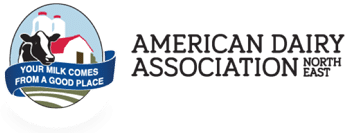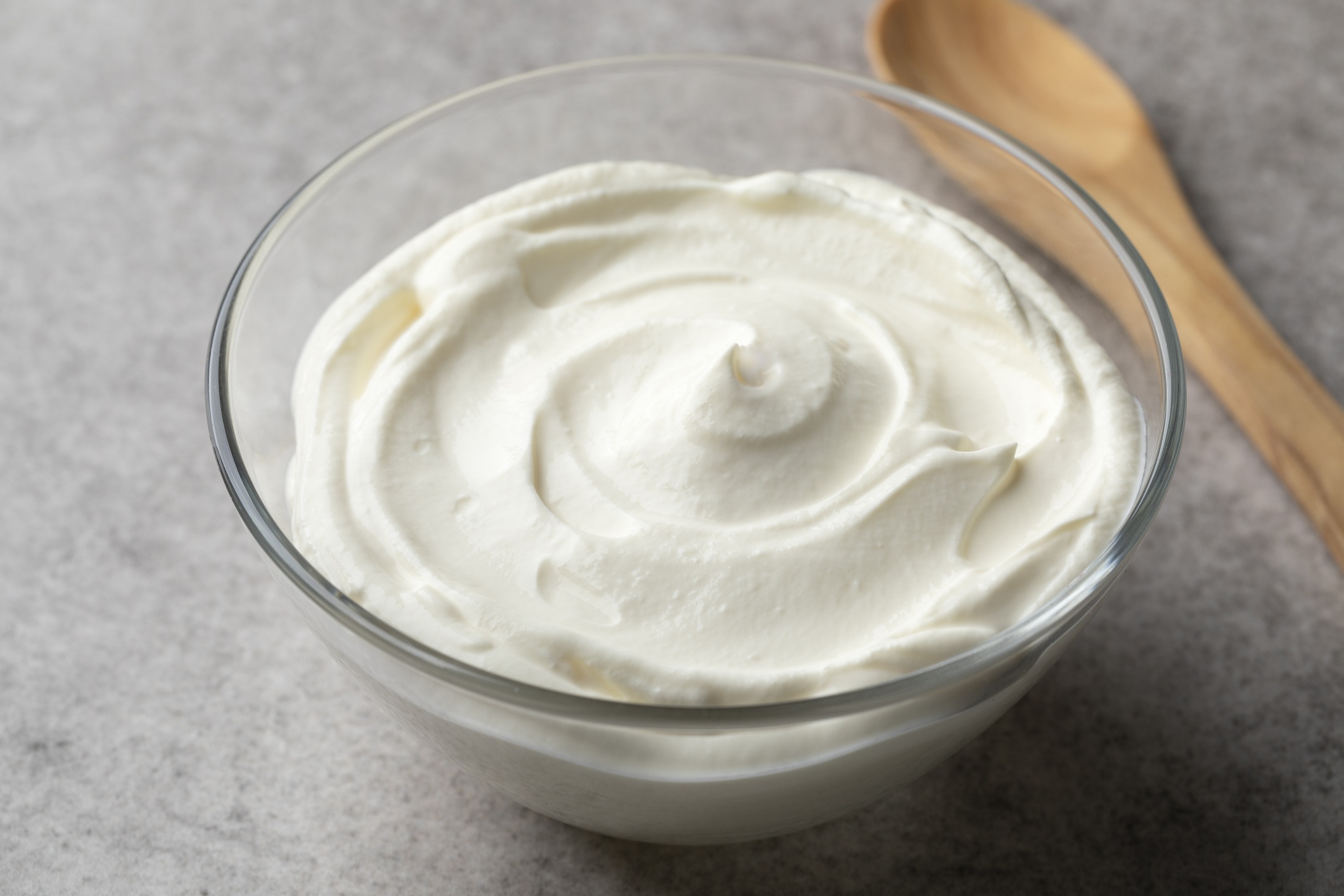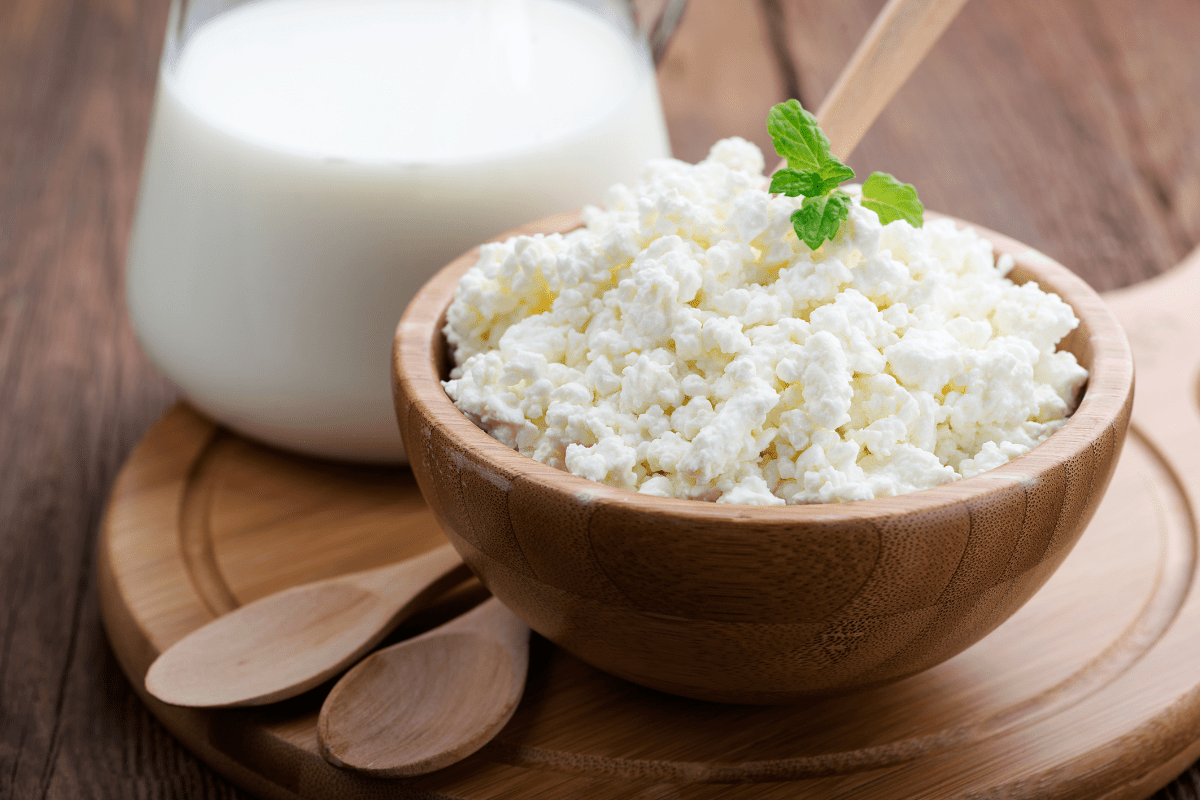On a recent brunch out with my family, my dietitian brain kicked into analysis as the waitress asked if I wanted the medium or the large size milk when I ordered. There was no small option, and she said, when asked, that the medium was 16 ounce or the large was 32 ounces in the glass. My dietitian knowledge helped me realize that the portions being offered were either 2 servings of milk or 4 servings.
This situation was the perfect reminder that portion size and serving size are two different things. A serving is a specific measurement and a recommended amount of a food while a portion size is what’s served to you.
A standard serving of milk is 1 cup, which is about 8 fluid ounces. This is what the USDA recommends and qualifies as a serving. Per the current USDA dietary guidelines for Americans, adults need two to three servings of a calcium0rich food such as milk, cheese or yogurt every day for optimal health. On the other hand, a portion of milk – which one actually consumes at a meal – can be a whole other story and does not follow the serving size guidelines.
So why pay attention to the portion size and serving size? Following servings sizes instead of portion size can be a great way to create more awareness around how much you’re eating along with disease risk.
The USDA Dietary Guidelines for American’s 2020 – 2025 recommend having two servings of a protein-rich food each day. This recommendation comes with the understanding that one serving is 3-4 ounces of cooked meat, fish, poultry, tofu or other protein equivalent. However, many people overserve themselves by ordering the half chicken while out or having the 16 ounce steak at a meal.
If we can understand serving sizes, we can figure out how the actual portions you eat measure up to recommendations for optimal health and weight. A great source with more information and guides on servings sizes can be found at: www.choosemyplate.gov.
If you’re wanting to work on how much you’re eating and awareness, try these tips:
- Start to order smaller portions when out to eat, like asking for a lunch size portion, half portions, order off of the children’s menu or order an appetizer as they tend to be smaller portions.
- If you order a full portion, ask for a box to put away half of it before you begin eating to reduce the portion on your plate while giving you leftovers
- Split an entrée with someone else, as most restaurant portion sizes are 2-3 the recommended serving amounts.
And don’t forget this mantra to help remember the difference:
- S = serving and is a specific amount
- P = portion and is what people give you




